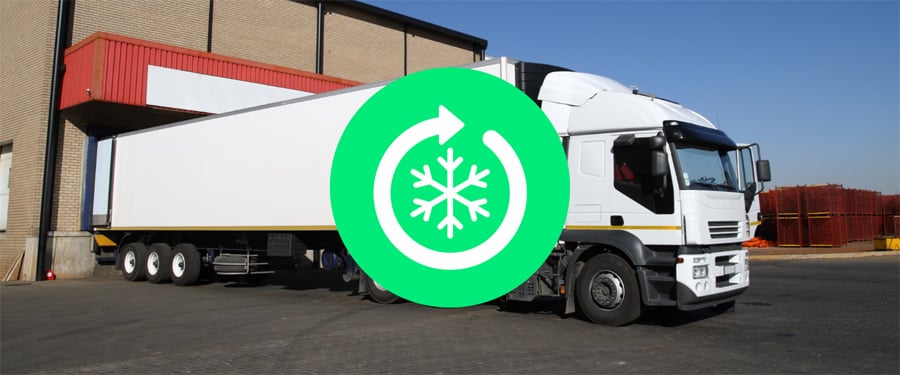Ensuring quality from origin to destination
Cold chain inspections are a crucial aspect of ensuring the safety and quality of temperature-sensitive products throughout their journey from production to consumption. The term "cold chain" refers to the series of actions and processes involved in maintaining a consistent temperature-controlled environment for perishable goods such as food, pharmaceuticals, and vaccines.
Cold chain inspections are conducted to verify compliance with established standards and regulations, guaranteeing that products are handled, stored, and transported under appropriate temperature conditions. These inspections play a vital role in safeguarding public health, preventing spoilage, and maintaining the efficacy of temperature-sensitive items.

Cold Chain Inspections
Cold chain inspections aim to assess the entire supply chain, including manufacturing facilities, storage facilities, transport vehicles, and distribution centers. The primary purpose is to ensure that temperature-sensitive products are maintained within the required temperature range to prevent degradation, spoilage, or contamination.
Regulatory Compliance: Cold chain inspections are often carried out by regulatory authorities, such as health departments, food safety agencies, or pharmaceutical regulatory bodies. These inspections ensure that companies adhere to applicable regulations, guidelines, and industry best practices.
Temperature Monitoring: Inspectors evaluate the effectiveness of temperature monitoring systems employed at various stages of the cold chain. This may include assessing the accuracy and reliability of temperature recording devices, such as data loggers or temperature indicators, and verifying that temperature controls are properly maintained.
Good Distribution Practices (GDP): Cold chain inspections typically encompass a review of GDP, which are quality standards for the distribution of pharmaceutical products. Inspectors assess factors like storage conditions, proper handling, personnel training, and documentation practices to ensure compliance with GDP guidelines.
Documentation and Record Keeping: Inspectors verify that proper documentation is in place to track the movement of temperature-sensitive products. This includes verifying temperature records, transportation logs, batch numbers, expiry dates, and any deviations or corrective actions taken during transportation or storage.
Risk Assessment: Inspections may involve evaluating risk management procedures to identify potential hazards or vulnerabilities in the cold chain. This includes assessing contingency plans for power outages, equipment failures, or emergency situations that may impact temperature control.
Corrective Actions: If deficiencies or non-compliance are identified during inspections, appropriate corrective actions are typically required. These actions may include implementing process improvements, training personnel, addressing equipment issues, or modifying storage and transportation practices.
Get a Cold Chain Inspection anywhere in the world.
At Inspexion.com, we provide quotes for Cold Chain inspection so that you know exactly what your products status is. We pride ourselves on being the quickest and most cost-effective way to inspect any part of the old chain.











